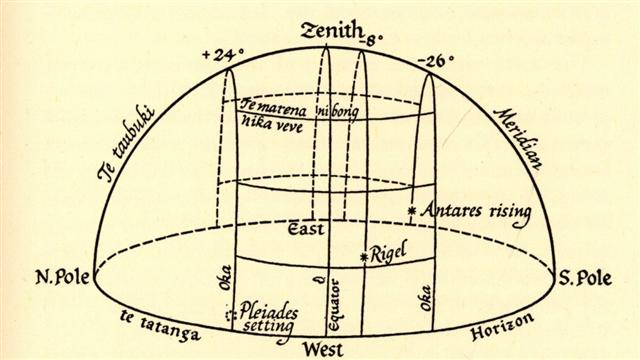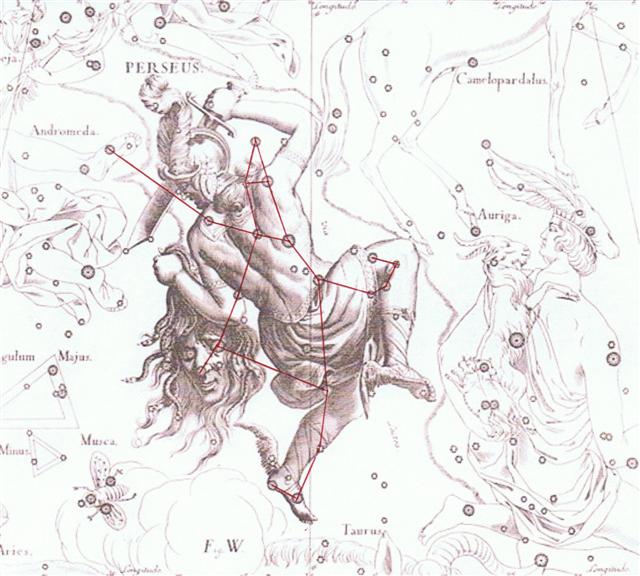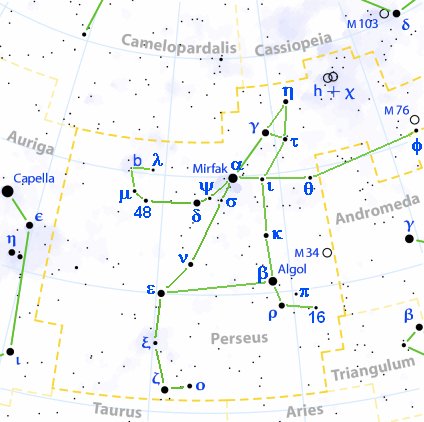While the first line on side a has 26 glyphs the first line on side b has 24 glyphs. This could be Signs of 'south of the equator' respectively 'north of the equator':
Antares was rising with the Sun at declination 26º S and the Pleiades were setting with the Sun at declination 24º N. The power of numbers could have connected 24 with the beginning of 24h and 26 with the beginning of 26 decades of days. And 24 + 26 = 50 (= 5 = 500) - adding zeroes would not have changed the core. When Tau-ono were setting with the Sun they surely also must have risen with the Sun and we know this happened 56 days after March 21. 80 + 56 = 136 (May 16) = Alrescha 15 (365)
Possibly there were 5 + 5 = 10 women and 1 male, Atlas, who culminated in December 30-31. However, of these stars only 3 + 5 = 8 were 'women stars' in the Pleiades. Atiks (the name in my astronomy book) is οmikron at the left heel of Perseus and Rana (the Frog) is δ Eridani.
"Atiq (also transliterated as Ateek, Ateeq, Attiq, Atik, or Attique ...) is a male Arabic given name, the name is used in the Quran ... 'Old or Ancient' ... (Wikipedia) "Omicron Persei (ο Per) is a star in the constellation Perseus. It has the traditional name Atik (also Ati, Al Atik, Arabic for 'the shoulder')." (Wikipedia)
"ο, a double star of 4th and 9th magnitude, is Ati and Atik, from the word Al 'Ātik found on the Borgian globe, at the space between the shoulders, and applied to it by Ulug Beg; but it is now located near the left foot." (Allen)
Frogs tend to appear when it is raining - not when the wind (te matagi) is drying everything up. They are amphibians and need to keep moist, they represent the beginning of life on land, they should be close to 0h. ... At the star Deneb Kaitos Allen has written: ... Very differently it was the Arabs' Al Difdi' al Thānī, the Second Frog, that we see in the present Difda, Latinized as Rana Secunda; the star Fomalhaut being Al Difdi' al Awwal, the First Frog. And at Fomalhaut: Among early Arabs Fomalhaut was Al Difdi' al Awwal, the First Frog, and in its location on the Borgian globe is the word Thalīm, the Ostrich, evidently another individual title ...
| |||||||||||||||||||||||||||||||||||||||||||||||||||||||||||||||||||||||||||||||||||||||||||||













